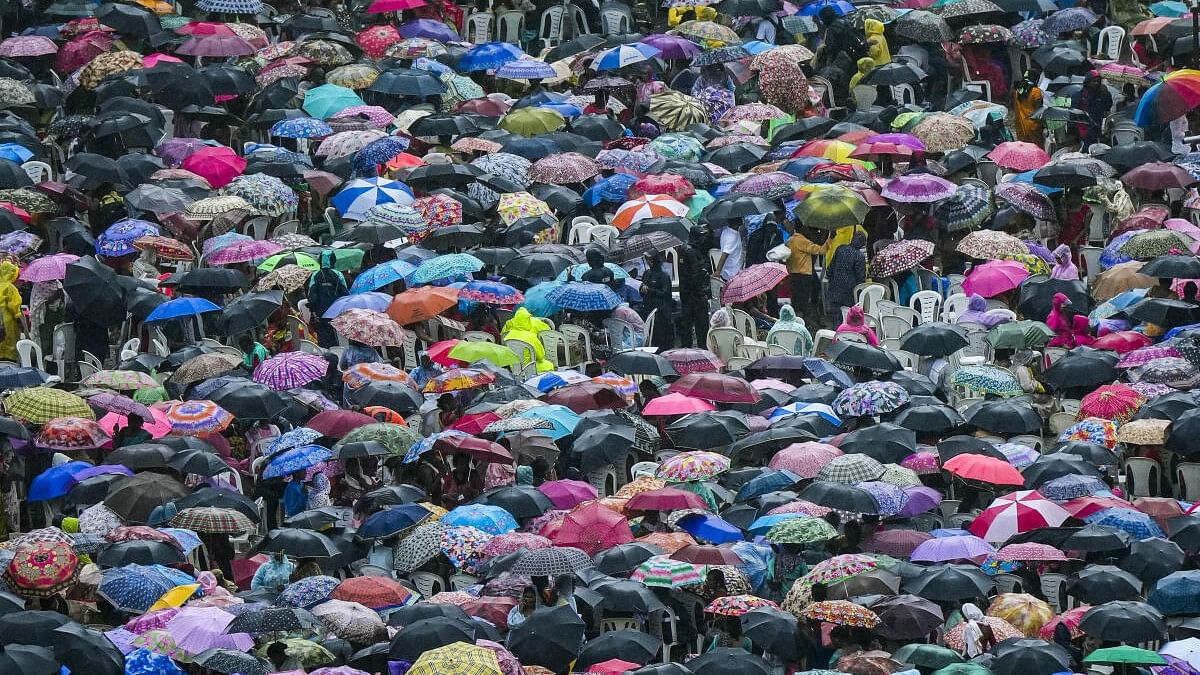
Rains in Mumbai.
Credit: PTI File Photo
New Delhi: Indian weather scientists plan to undertake “rain suppression” in flooded areas and “rain enhancement” in dry zones at least after five years by intricately understanding cloud behaviour in a specialised laboratory that may come up shortly.
Such weather management is one of the underlying objectives of Rs 2,000 crore Mission Mausam, approved by the Union Cabinet earlier this week besides augmenting the numbers of radars and other data gathering instruments for the India Meteorological Department.
“Can we suppress rain or hailstorm or can we enhance rain? These are weather interventions that we would like to experiment with. But for that we need a much better understanding of cloud physics, which we aim to attain in the next five years,” M Ravichandran, Secretary, Ministry of Earth Sciences told DH.
Around 20% of the money will be spent in setting up a cloud simulator at the Indian Institute of Tropical Meteorology in Pune within the next one and a half years to study the micro-physics processes occurring within clouds.
“After five years of cloud science experiments, we should be mature enough to decide when to do rain suppression or rain enhancement,” he said.
Worldwide extensive research has been conducted on cloud seeding, but rain suppression remained an uncharted territory. Though there are a few reports of hail suppression to protect the orchards, a lot remains unknown.
This is the area where Indian scientists like to chip in after gathering more data on cloud size and cloud droplets.
The Rs 2,000 crore allocation would be spent in the next two years and after the next financial cycle begins in FY26, more resources would be made available under this mission, Ravichandran said.
All weather scientists, however, are not enthusiastic. “Not much research has been carried out on rain suppression. In real life, clouds under the sky are far more complex (than in simulated chambers). Weather modification is a very nascent area of research with lots of challenges,” cautioned M Rajeevan, former Secretary in the MoES and one of India’s foremost weather scientists.
Cloud seeding is better studied and is carried out in the USA, China, Australia and UAE. It has been tried in some of the Indian states including Karnataka and a two-year experiment in India in 2017-18 has demonstrated that it is feasible to increase rain through such a method.
“There are lots of unresolved issues on rain suppression and challenges are high,” he noted, adding that China invested hugely on weather modifications, but the outcomes are not well known.
The bulk of the money under the mission will be used to procure instruments for the IMD, which is short of data gathering platforms for a country of India’s size. This includes adding 70 more Doppler radar, ten wind profilers, ten radio-meters and enhancing the high performance computing capabilities.
